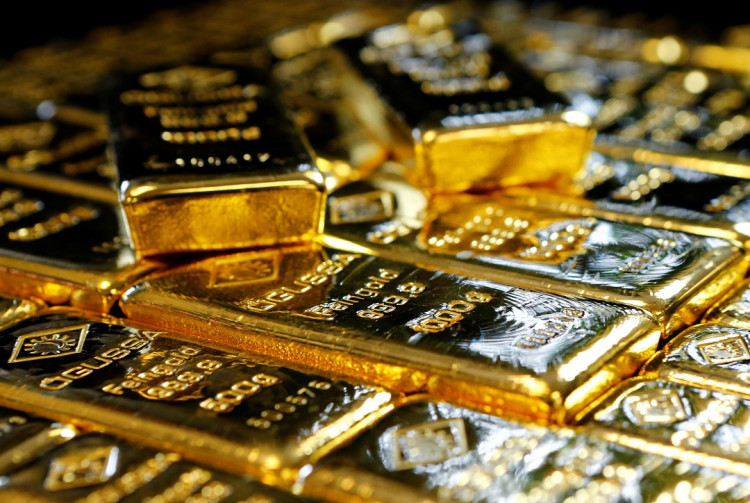Gold prices surged to a new all-time high on Tuesday, surpassing $2,770 per ounce, following the release of weaker-than-expected U.S. labor market data. The data raised concerns about cracks forming in the U.S. economy, prompting investors to flock to the safe-haven asset. This latest rally underscores the role of gold as a reliable hedge in times of economic uncertainty and geopolitical risk.
The catalyst for the surge was the U.S. Bureau of Labor Statistics (BLS) report on Job Openings and Labor Turnover Survey (JOLTS). The report showed that job openings in the U.S. fell to 7.44 million in September, down from a revised 7.86 million in August. This figure was well below market expectations of 7.99 million, signaling that the U.S. labor market may be softening more quickly than anticipated. Investors interpreted the data as an indication that the Federal Reserve may be compelled to cut interest rates to support growth, which is generally favorable for gold, as the non-interest-bearing asset tends to outperform in low-rate environments.
At the same time, declining oil prices have contributed to the upward momentum in gold. Brent crude prices fell by approximately 6% earlier in the week after reports that Israel's attacks on military installations in Iran had not affected the country's oil infrastructure. The drop in oil prices is seen as a potential relief for global inflation pressures, which could further strengthen the case for interest rate cuts. Lower inflation and interest rates typically enhance gold's appeal as a store of value, prompting investors to increase their holdings.
Geopolitical risks continue to underpin gold's rally. The ongoing conflict in Ukraine and the escalating tensions in the Middle East, particularly involving Israel and Iran, have heightened investor anxiety. Reports of North Korean troops being deployed to assist Russia have further fueled concerns, pushing safe-haven flows into gold. These factors, combined with growing uncertainty about the global economic outlook, are creating the perfect environment for gold's continued ascent.
Additionally, the upcoming U.S. presidential election is adding another layer of uncertainty to financial markets. With a tight race between incumbent Donald Trump and challenger Kamala Harris, investors are preparing for potential volatility. Traders have expressed concerns that a Trump victory could result in trade tariffs, increased geopolitical risks, and other market disruptions, all of which would likely drive further demand for gold as a protective asset. This uncertainty is leading to a surge in demand for the yellow metal, as investors look for safety in the face of potential political upheaval.
Gold's performance this year has been nothing short of remarkable. The precious metal has surged by more than a third in 2023, supported by central bank purchases and haven demand amid the global conflicts and economic challenges. Central banks around the world have been increasing their gold reserves as a hedge against currency fluctuations and economic instability, providing further support for gold prices.
The market is now closely watching upcoming economic data from the U.S., including inflation and payroll figures, which could offer more clues about the Federal Reserve's policy direction. The resilience of the U.S. economy remains in question, and any further signs of weakness could prompt additional rate cuts, which would likely propel gold prices even higher. Traders are also keeping a close eye on gold mining companies, with Agnico Eagle Mines Ltd., the world's third-largest gold producer, set to release its earnings this week. Strong earnings from gold miners could provide further validation of the precious metal's bullish outlook.
As of Tuesday morning in New York, spot gold was trading at $2,763.71 per ounce, while other precious metals such as palladium, platinum, and silver also saw gains. Despite a strengthening U.S. dollar and rising bond yields, which would typically weigh on gold, the metal has continued its upward climb, reflecting the depth of investor concern over both economic and geopolitical risks.






